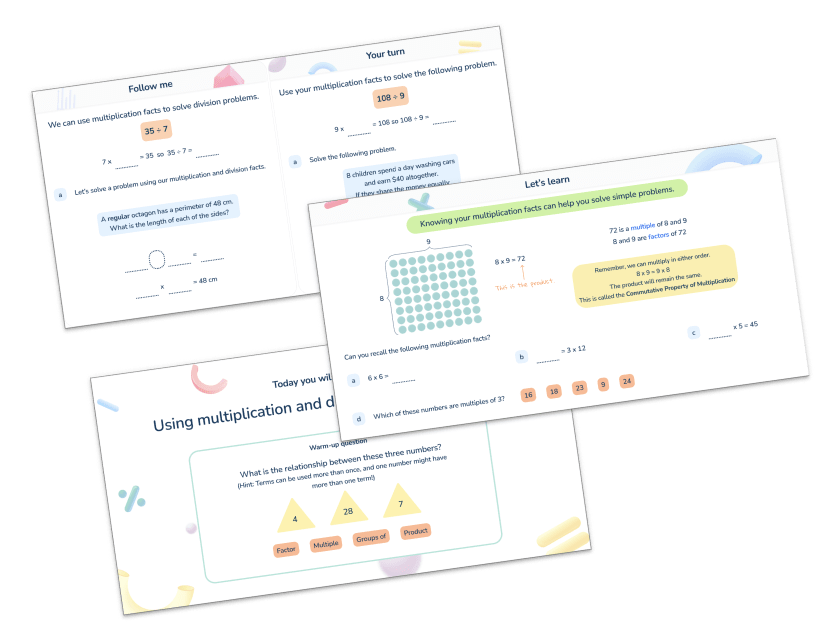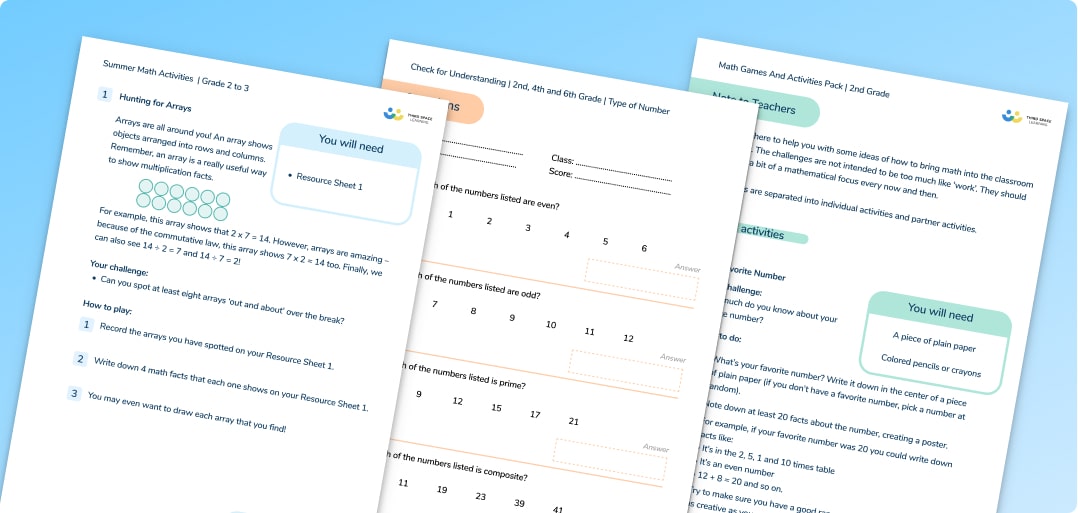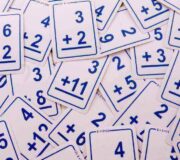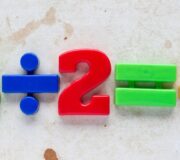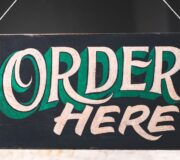What Are Number Bonds? A Guide For Elementary Teachers
Number bonds are pairs of numbers that can be added together to make another number e.g. 4 + 6 = 10. They are some of the most basic and most important parts of math for children to learn.
Number bonds form the foundation of a students’ math knowledge and students must know their number bonds to be able to grasp more complex math concepts such as fractions, decimals, manipulate different numbers and solve word problems.
14 Fun Math Games and Activities Pack for 2nd Grade
14 fun math games and activities for 2nd grade students, perfect for ‘fast finishers’ or morning work!
Download Free Now!What are number bonds?
A number bond is a pair of numbers that always add together to make another, larger, number. They can also be called fact families or math facts. Number bonds demonstrate part-part-whole relationships and help us to understand that a whole number is made up of parts. They also help students practice and develop number sense. Children are introduced to this concept through number bonds to 10, also known as complements of 10:
- 0 + 10
- 1 + 9
- 2 + 8
- 3 + 7
- 4 + 6
- 5 + 5
These are the foundations of many other key number bonds – if children can fluently recall their addition facts to 10, they will be able to calculate number bonds to other multiples of 10.
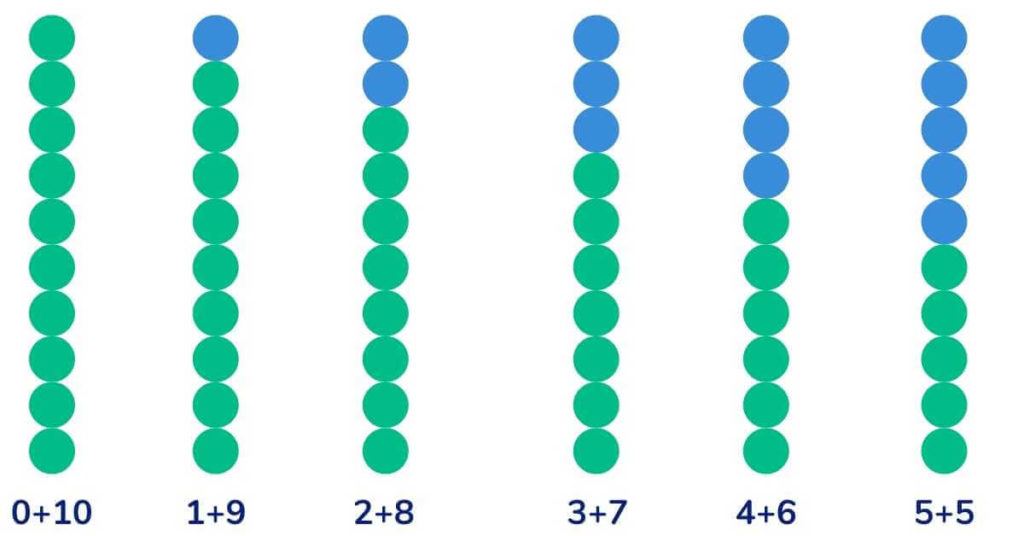
This can then be developed to larger multiples of 10 (such as multiples of 100) and even decimal number bonds (e.g. 0.3 + 0.7 = 1). Children should also be able to calculate the corresponding subtraction facts for these number bonds, e.g. if 1 + 9 = 10, then 10 – 1 = 9 and 10 – 9 = 1.
Number bonds to 10 (Kindergarten)
Addition number bonds show the addends of simple sums. The number bonds to 10 are:
- 0 + 10
- 1 + 9
- 2 + 8
- 3 + 7
- 4 + 6
- 5 + 5
- 6 + 4
- 7 + 3
- 8 + 2
- 9 + 1
- 10 + 0
Number bonds to 20 (Kindergarten & 1st Grade)
The number bonds to 20 are:
- 0 + 20
- 1 + 19
- 2 + 18
- 3 + 17
- 4 + 16
- 5 + 15
- 6 + 14
- 7 + 13
- 8 + 12
- 9 + 11
- 10 + 10
- 10 + 10
- 11 + 9
- 12 + 8
- 13 + 7
- 14 + 6
- 15 + 5
- 16 + 4
- 17 + 3
- 18 + 2
- 19 + 1
- 20 + 0

Meet Skye, the voice-based AI tutor making math success possible for every student.
Built by teachers and math experts, Skye uses the same pedagogy, curriculum and lesson structure as our traditional tutoring.
But, with more flexibility and a low cost, schools can scale online math tutoring to support every student who needs it.
Find out more
Number bonds to 100 (2nd Grade)
Number bonds to 100 are pairs of numbers that add together to make 100 such as 20 + 80, or 55 + 45. To find the number bond pair for any number, use your knowledge of number bonds to 10 to figure out first what the matching unit or ‘ones’ would be to bridge to the next ten and then, what the number pair would be for the tens.
So for example to find the number bond to make 100 with 36, you first add 4 to reach 40, then add 60 to reach 100. So the number bond to make 100 with 36 is 64.
When do children learn about number bonds in elementary school?
The Common Core State Standards and TEKS introduce the math concept in kindergarten, where children will represent and use number bonds within 20, as well as related simple addition and subtraction sentences within 10.
The non-statutory guidance also advises that kindergarten students should memorize and reason with number bonds to 10 and 20 in several forms (for example, 9 + 7 = 16; 16 – 7 = 9; 7 = 16 – 9). The CCSS and TEKS states that by the end of first grade students should know the number bonds to 20 and be precise in using and understanding place value. An emphasis on practice at this early stage will aid fluency, math skills and problem solving later on.
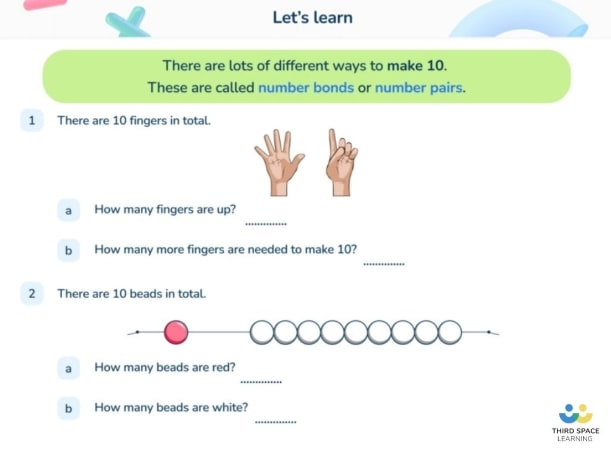
Wondering about how to explain other key math vocabulary to children? Check out our Math Dictionary For Kids, or try these other terms related to number bonds:
- What Is A Number Sentence
- What Is PEMDAS
- What Is The Least Common Multiple
- What Is The Greatest Common Factor
- What Is Part Whole Model
- What Is Partitioning
- What Is The Sum?
Practice number bonds questions
1. Complete these sums. One is done for you.
3 + 7 = 10
33 + __ = 40
__ + 7 = 80
(Answer: 7 and 73)
2. Write the missing numbers on the lines to make this correct.
60 + __ = 100 = 20 + ___
(Answer: 40 and 80)
3. Write the next three sums in the pattern:
1 + 9 = 10
2 + 8 = 10
3 + 7 = 10
(Answer: 4+6, 5+5, 6+4)
4. Use your knowledge of number bonds to answer this calculation:
7 + 2 + 1 + 8 + 9 + 3
(Answer: 30)
Number bonds games
Number bonds are often taught in school through math activities. For example, dominoes are a fun way to test students’ knowledge of number bonds. As well as these number bonds to 10 activities, we also have several games specifically for practicing number facts and number bonds including these fun math games for kids to play at home or in school, kindergarten math games and then these mental math games.
Read more: Addition Worksheets: 1st-8th Grade
Do you have students who need extra support in math?
Skye—our AI math tutor built by experienced teachers—provides students with personalized one-on-one, spoken instruction that helps them master concepts, close skill gaps, and gain confidence.
Since 2013, we’ve delivered over 2 million hours of math lessons to more than 170,000 students, guiding them toward higher math achievement.
Discover how our AI math tutoring can boost student success, or see how our math programs can support your school’s goals:
– 3rd grade tutoring
– 4th grade tutoring
– 5th grade tutoring
– 6th grade tutoring
– 7th grade tutoring
– 8th grade tutoring
The content in this article was originally written by primary school teacher Sophie Bartlett and has since been revised and adapted for US schools by elementary math teacher Jaclyn Wassell
